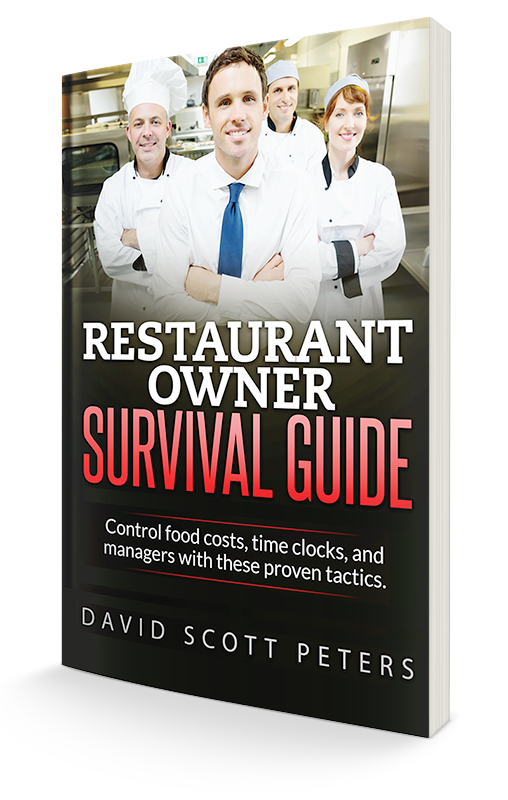Five Steps for Controlling Your Bar Profits
To your staff it’s simply an ounce of booze. To your customer it’s a drink. But to your bank account it’s like prospecting for gold!
While there are many simple systems you can put into place to control your bar profits, here are five that can have a large impact on your bottom line.
1. Spill Sheets – A spill sheet allows a bartender to mark down every returned drink, double orders and those that are spilled. At the end of each shift, a manager should assign a cost to each drink lost. Using a spill sheet gives you a clear picture of why your pour cost is running high and can identify for you when there is a need for training.
2. Comp Sheets – Without going through a litany of ways bartenders steal from their employers, here is the best way I’ve found to control comps.
First, assuming your liquor laws allow it, give each of your bartenders the ability to comp two drinks per shift, no questions asked. When they do give a drink away, have them mark it down on a comp sheet. At the end of each shift, a manager will assign a cost and retail value to each drink given away. This will allow you to keep honest people honest, because they have the ability to do what they do without losing their job.
Plus, you get to show each bartender that it’s not just an ounce of booze they’re giving away. You can show them how much in raw product cost all the drinks they’ve given away for the day, week or month and how much money the restaurant didn’t collect to pay their bills and their wages.
3. Make Smart Purchases – What do you pay your bills with, profits or cash? That’s right, cash pays the bills. So as a general rule of thumb, only take the deal if you know you will sell the case and free bottles within the next three to four weeks. Otherwise you’re tying up your restaurant’s most precious resource on the shelves. It’s a waste and unavailable cash can make it impossible to make payroll that magical month when business is slow.
4. Perpetual Inventory System – This system is used to keep track of every bottle of liquor in and out of your liquor closet. You mark down every bottle you purchase from your liquor purveyors. You add that to how many bottles you started the week off with on your liquor closet shelves, and you keep track of every bottle taken out of the liquor closet on a daily basis.
So at the end of the week, when you add the number of bottles you started the week with to the bottles you purchased and then reduce that number by the number of bottles that were removed from the liquor closet, that new total should match a physical count of what is actually on the shelves. If it doesn’t match up, you know there is something fishy going on.
5. Control Keys – You have your perpetual inventory system in place to keep track of every bottle in and out. Your bartender has not been trained to use it and chooses not to. At the end of the week your physical inventory does not match the numbers.
You have one of two problems:
- Your management team is not using the systems you’ve put into place to ensure your profitability, or
- You have theft.
But how do you know which one it is when managers are giving their keys away? Remember, you’re never so busy that you should give your keys to anyone!
Management is required
I’ve just given you five simple steps to maximize your liquor profits. And while they may seem extremely simple, I cannot stress enough how well they work. They teach your staff that you view every ounce of liquor as if it were an ounce of gold. These systems really keep honest people honest. But what they don’t do is work automatically.
The best systems in the world are worthless if management has not been trained to use them and ownership isn’t making sure they’re being used.




